News
Tartaric Acid: Definition, Properties, Uses, and Examples
Sep. 15, 2023
Tartaric acid (L-(+) - Tartaric acid 526-83-0), a naturally occurring organic acid, plays a significant role in various industries, including food, pharmaceuticals, and cosmetics. Its unique properties make it a versatile compound with a wide range of applications. In this comprehensive guide, we will explore the definition, properties, uses, and examples of tartaric acid.
Definition and Chemical Structure
Tartaric acid is a dicarboxylic acid with the chemical formula C₄H₆O₆. It is a white, crystalline solid with a tart, sour taste and is naturally found in various plants, particularly in grapes. Tartaric acid is optically active, existing in two enantiomeric forms, namely L-(+)-tartaric acid and D-(-)-tartaric acid, which are mirror images of each other.
Properties of Tartaric Acid
1. Solubility
- Tartaric acid is highly soluble in water, which makes it a useful ingredient in various culinary and pharmaceutical applications. Its solubility allows it to be easily incorporated into aqueous solutions.
2. Acidity
- Tartaric acid is a strong acid with a pKa value of approximately 2.9. This acidity contributes to its sour taste and its ability to act as a pH regulator and acidulant in food and beverage products.
3. Chirality
- Tartaric acid's chirality, arising from its enantiomeric forms, makes it valuable in the pharmaceutical industry. It is used to produce chiral molecules and as a resolving agent for enantiomeric separation.
4. Stability
- Tartaric acid is relatively stable under normal storage conditions. It does not decompose rapidly when stored in a dry environment, making it suitable for long-term use in various applications.
5. Complex Formation
- Tartaric acid can form complexes with various metal ions, which find applications in analytical chemistry and as stabilizing agents in the wine industry.

Factory Direct Supply Food Acid-Regulating Agent L- (+) -Tartaric Acid 526-83-0 good price
Uses of Tartaric Acid
1. Food and Beverage Industry
- Acidulant: Tartaric acid is commonly used as an acidulant in the food and beverage industry. It imparts a tart flavor to products like soft drinks, candies, and jams. It is also used to control the pH of certain foods and enhance their shelf life.
- Stabilizer: In the production of cream of tartar (potassium bitartrate), tartaric acid acts as a stabilizing agent in whipped cream and meringue. It prevents the crystallization of sugar in syrups and candies.
- Leavening Agent: Tartaric acid is used as a leavening agent in baking powder formulations. It reacts with sodium bicarbonate (baking soda) to release carbon dioxide gas, which causes dough to rise.
2. Pharmaceutical Industry
- Chiral Synthesis: Tartaric acid is employed in the synthesis of chiral molecules and pharmaceutical intermediates. Its ability to resolve enantiomers is essential in drug development and the production of optically pure compounds.
- Buffer Solution: Tartaric acid is used in the preparation of buffer solutions for various laboratory applications, including biochemical and pharmaceutical research.
3. Cosmetics and Personal Care Products
- Tartaric acid can be found in cosmetics and personal care items such as skin creams, lotions, and hair care products. It may be used as an antioxidant, pH adjuster, or exfoliant in these formulations.
4. Wine Industry
- In winemaking, tartaric acid naturally occurs in grapes and plays a crucial role in the fermentation process. However, excess tartaric acid can lead to the formation of potassium bitartrate crystals, which can be removed to improve the clarity of wine.
5. Chemical Industry
- Tartaric acid is used in various chemical processes as a chelating agent and a source of chiral ligands in catalysis.
Examples of Tartaric Acid Use
1. Cream of Tartar
- Cream of tartar, also known as potassium hydrogen tartrate, is a byproduct of winemaking. It is used as a leavening agent in baking powder and stabilizer in whipped cream and meringue.
2. Tartar Sauce
- Tartar sauce, a popular condiment for seafood dishes, often contains tartaric acid to provide its characteristic tangy flavor.
3. Pharmaceuticals
- Tartaric acid is used in pharmaceutical formulations to prepare chiral drugs and resolve enantiomers.
4. Wine Clarification
- In winemaking, tartaric acid is used for wine clarification. Excess tartaric acid can be removed by a process known as cold stabilization, improving the visual clarity of the wine.
5. Buffer Solutions
- Tartaric acid is used in laboratories to prepare buffer solutions for pH calibration and various analytical techniques.
Safety Considerations
Tartaric acid is generally recognized as safe (GRAS) when used as a food additive within recommended limits. However, like any food ingredient, it should be used in moderation. In high concentrations, tartaric acid can be corrosive and may cause skin and eye irritation.
Conclusion
Tartaric acid is a versatile compound with a wide range of applications in the food, pharmaceutical, cosmetic, and chemical industries. Its unique properties, such as chirality and acidity, make it valuable in various processes, from enhancing the taste of foods to synthesizing pharmaceuticals. When used in compliance with safety guidelines, tartaric acid contributes to the quality, flavor, and stability of many products we encounter in our daily lives.
If you want to know more information about Tartaric acid , please click on the image below to get a free quote:
Germany/ Netherlands/ / Australia warehouse stock which support self-pickup and fast delivery.
Previous: The Use of Pharmaceutical Procaine Hydrochloride
Next: High Purity Valerophenone: Significance and Applications
-
Germany stock bmk powder bmk for cas 5413-05-8
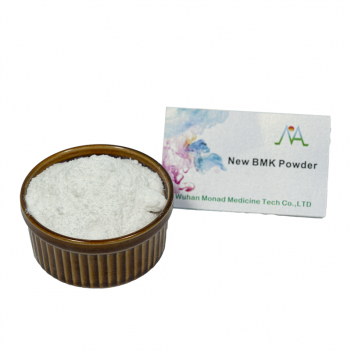
-
high yield rate BMK glycidate powder CAS 5449-12-7 new bmk liquid light yellow
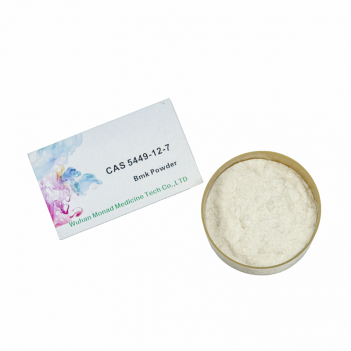
-
hot sale high yield good price cas 2647-50-9

-
Cas 41232-97-7 bmk liquid with high yield rate 70% new BMK POWDER
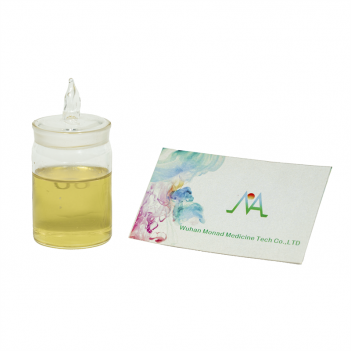
-
Top Quality Magnesium Oxide CAS 1309-48-4
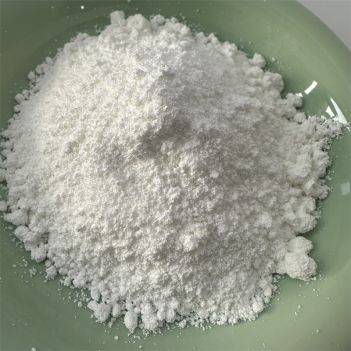
-
High Purity Valerophenone CAS No. 1009-14-9
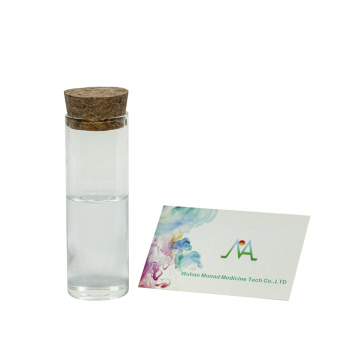
-
Factory sell CAS 5337-93-9 4'-Methylpropiophenone
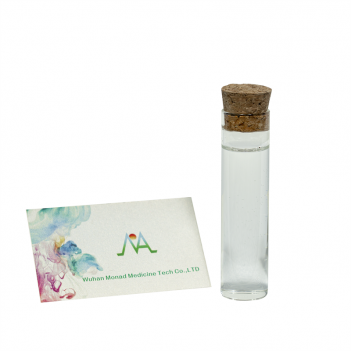
-
Chinese Factory Direct Selling 2-Bromovalerophenone CAS 49851-31-2
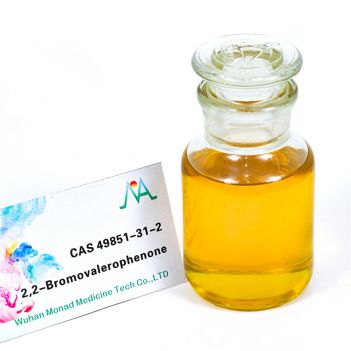
-
9-Hydroxyfluorene CAS 1689-64-1 Moscow stock high yield 9-fluorenol
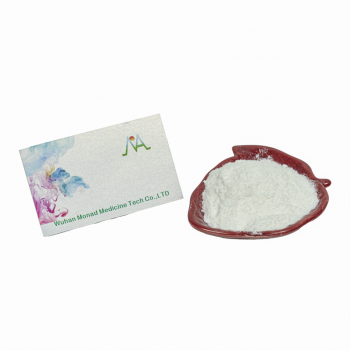
-
safe Shipping 49851-31-2/124878-55-3/2-Bromovalerophenone Cas 49851-31-2 to Russia
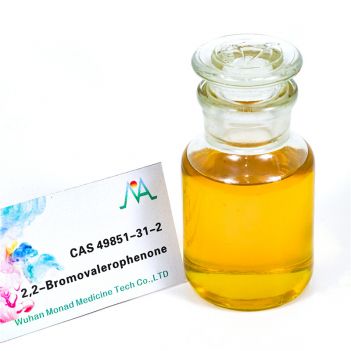
-
Online safety and quickly Butanediol 1,4 bdo cas 110-63-4
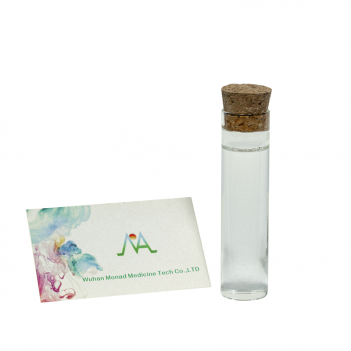
-
New Product Local Anesthetic Powder Larocaine CAS 94-15-5
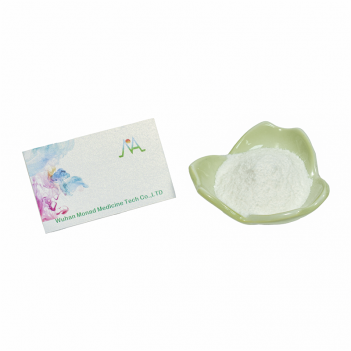
Navigation
Mandy WhatsApp: +8618771942761
Ada WhatsApp: +8618771982534
Cathy WhatsApp: +8613387630955
Emily WhatsApp: +8613297057536




